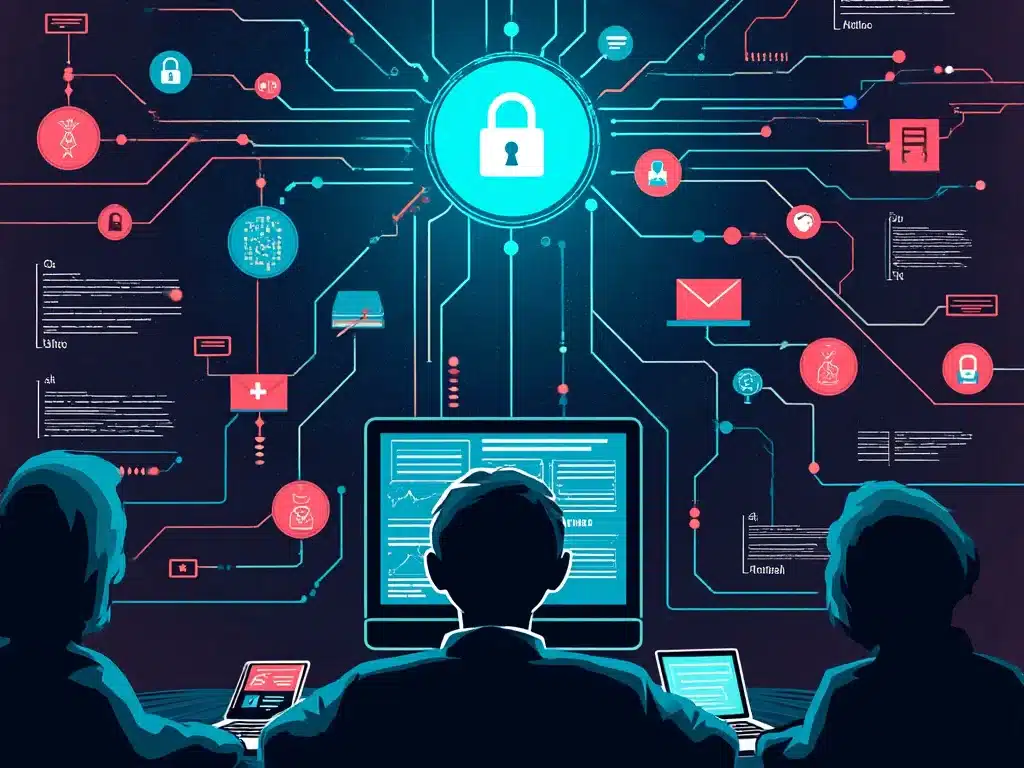How cybercriminals are targeting education, and how educators are unraveling the costs.
GUEST COLUMN | by Chris Henderson
As students across the country head into the final months of the calendar year, cyber researchers are bracing themselves for attacks targeting the educational foundation of the nation.
Today, even early elementary students have already had their identities compromised and personal information distributed on the dark web. For schools like those within the Tucson Unified School District, attacked in 2023, educators and administrators may not realize they’ve been hacked until a network of printers ominously prints the ransom notes informing them. With more schools falling victim to these and other types of attacks, it’s critical to understand how educational institutions have become easy targets.
‘With more schools falling victim to these and other types of attacks, it’s critical to understand how educational institutions have become easy targets.’
How Education Became a Prime Target
Between April 2016 and November 2022, K12 SIX recorded over 1,600 cyberattacks that targeted U.S. schools or districts. Of those attacks, some 325 were ransomware attacks that held districts’ feet to the fire while interrupting their operations and impacting students. So, how did schools get here?
School purchasing is cyclical, often falling on a SLED “season” of large buys. These purchases also tend to be focused on learning technology and student resources. This cycle doesn’t usually keep up with the pace of adversary advancements or cybersecurity intelligence. And as school districts lag behind adversaries, school staff operate with stricter budgets and fewer resources. The result is overload and overwhelm that makes it easy to miss red flags in systems.
Cybercriminals know this and leverage it to their benefit, going after some of the youngest victims imaginable.
The Key to Protecting Education: A New Kind of Education
As more schools face off against cyber threats, there’s one key to protecting these vulnerable districts. That is, arming students and staff with cybersecurity know-how to reduce the chance of a breach. Students still represent a major vulnerability—one that can be addressed through regular cybersecurity training. This is nothing new, and in fact is similar to how America’s largest corporations regularly prep their workers.
For both future workforce purposes and as prevention for today’s school systems, schools can quickly reduce risk by investing in building cyber smart schools, students and administrations. Regular cybersecurity training and education is just one part of a security stack for schools, but it may well represent one of the most critical parts of it.
Adversaries: Stacking the Deck Against Students
One dynamic element in the fight against K-12 cybercrime is that of cyber insurance. We know that across many industries, premiums are on the rise and requirements are tightening. The rise of school-focused cybercrime has shifted so that insurers are now asking higher premiums and more during underwriting.
On requirements and cost, policies may soon become much harder to attain. When and if that happens, schools may face additional risk and major financial impacts in the wake of a breach.
But there are other costs to consider: impact on learning, ability to operate, physical security and student records mishandling, just to name a few. Additionally, there’s a work-life balance hit to impacted families when schools close and parents can’t predict their schedule for weeks at a time. This was the case in Tucson’s district after the attack that took them offline for two weeks. Repeated across hundreds or thousands of districts in the coming years, attacks of similar magnitude could represent a major upset in educational stability in the U.S.
From cybercriminal tradecraft to insurance premiums, there are plenty of things we don’t yet know and can’t always predict. But we do know that prevention is key to protecting vulnerable industries and people. That’s why it’s crucial for school districts to take up proactive measures like providing age appropriate cybersecurity training for students as well as staff. With “Secure by Design” driving innovation across the private sector, more guidance is coming out to guide K-12 technology acquisitions.
The K-12 sector represents critical infrastructure that needs protection in this new era of threats. Whether guarding students’ social security numbers, bus stops or medical records, every child in America deserves a secure education.
For more information on the latest K-12 cybersecurity guidelines from CISA, visit https://www.cisa.gov/K12Cybersecurity.
—
Chris Henderson is Senior Director of Threat Operations at Huntress, a leading cybersecurity firm. Connect with Chris on LinkedIn.
Share this:
- Click to share on Twitter (Opens in new window)
- Click to share on Facebook (Opens in new window)
- Click to share on LinkedIn (Opens in new window)
Like this:
Like Loading…
Related
Original Article Published at Edtech Digest
________________________________________________________________________________________________________________________________

